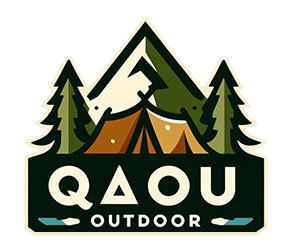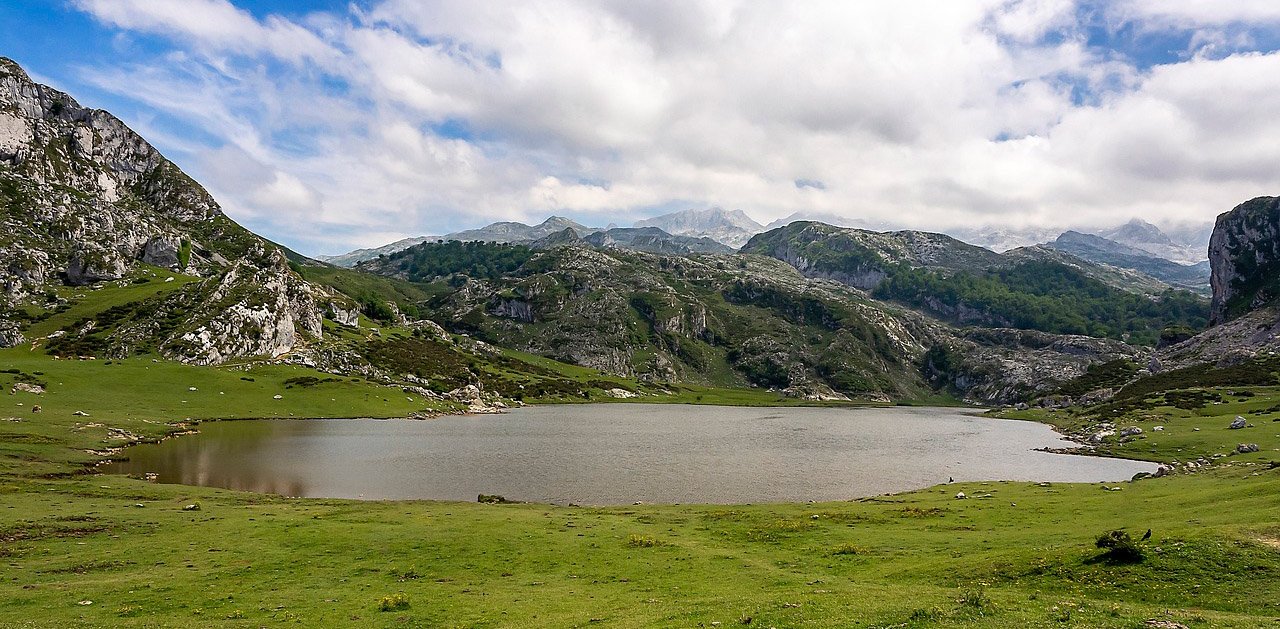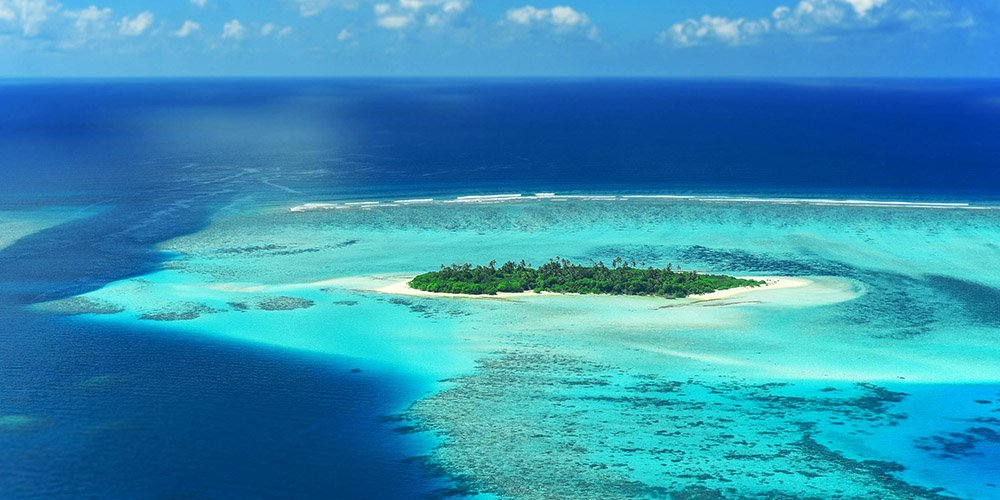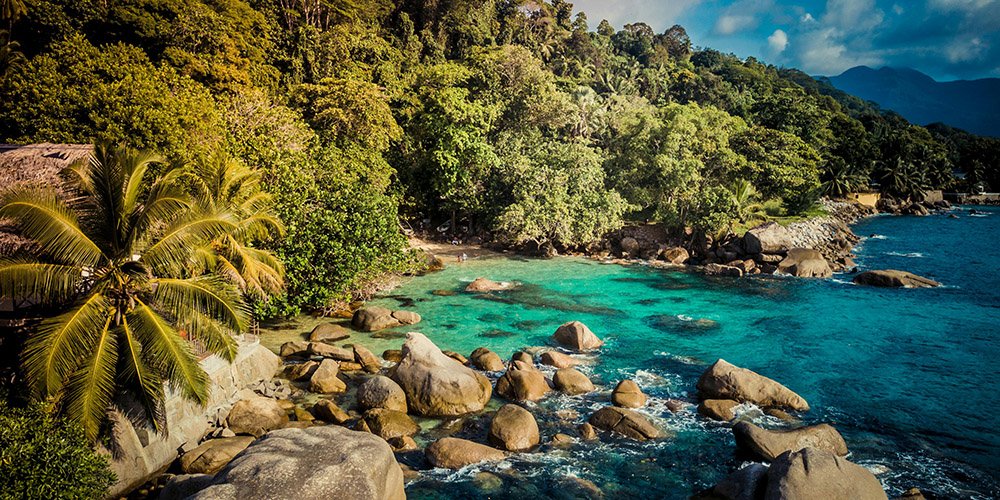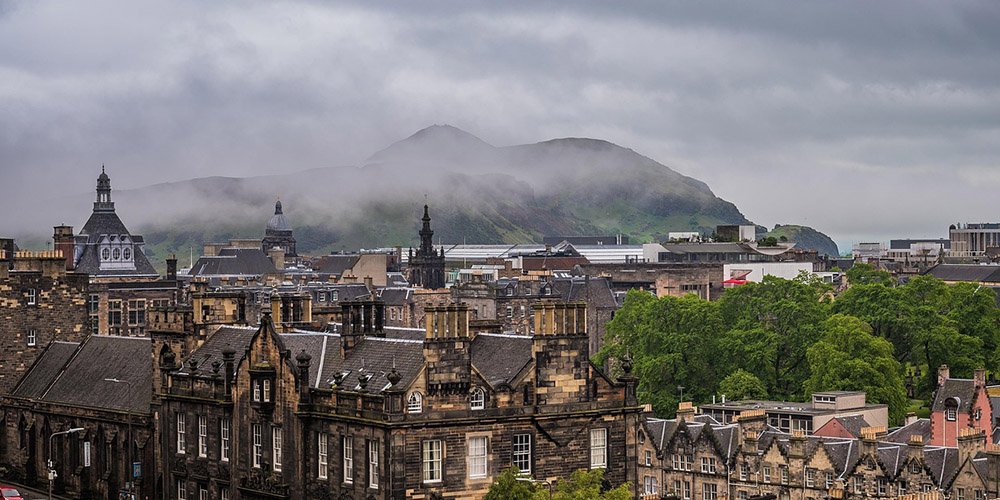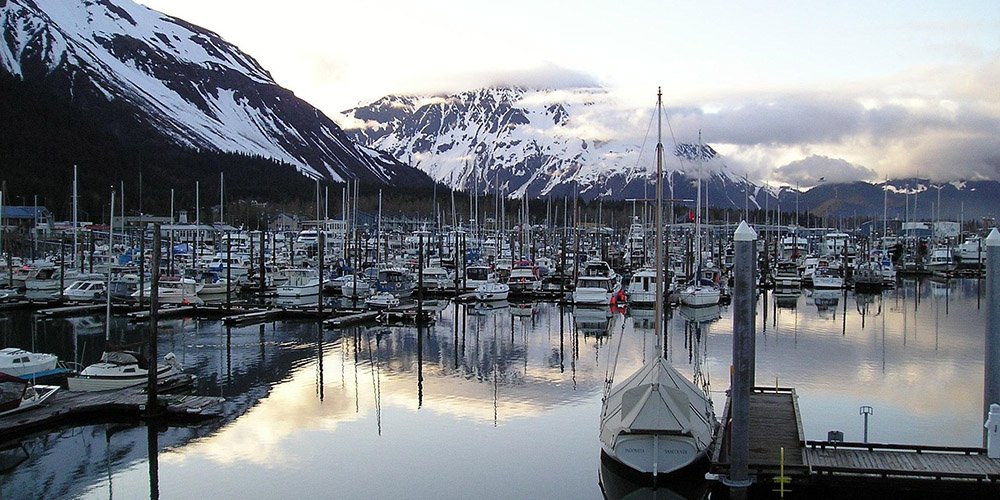A Comprehensive Guide to Picos de Europa National Park, Spain
Spain is often associated with lively cities. However, the country has many places for outdoor adventures, like Picos de Europa National Park. This stunning park is located in the North, near the Bay of Biscay. The park takes its name from its impressive rock formations. Its tallest peak is Torre de Cerredo, which reaches 1,931 metres.
It is also home to two of Spain’s unique animals: the brown bear and the Iberian wolf. The park stretches for over 646 square kilometres across the regions of Cantabria, Asturias, and León. Millions of tourists visit it every year for hiking challenges, peaceful walks, and local culture and cuisine. Let’s explore deeper what you can do in the Picos de Europa, in Spain.
How to get to Picos de Europa
There are several ways to reach this destination:
- By car. This is the most convenient way to reach the park. You can take the A-8 motorway from cities like Madrid, Barcelona, or Bilbao towards Santander and then follow the signs to the national park.
- By bus. Several bus companies offer regular services to the Picos de Europa from various Spanish cities. You can find more information on bus schedules and routes on websites like Busbud or Alsa.
- By train. There is no direct train to Picos de Europa, but you can take a train to nearby cities like Santander or León and then take a bus. For visa-related trips, consider learning how to reserve a flight without paying to avoid unnecessary costs.
- By plane. The nearest airports are Santander and Asturias. From there, you can take a bus or a taxi to the national park. If you’re arriving from abroad and want to stay connected during your trip, using an eSIM for international travel can be a convenient alternative to local SIM cards, letting you access maps, booking apps, and travel guides without hassle.
The best towns and villages where you can stay are Cangas de Onís, Caín, Potes, and Fuente Dé.

What to see in the Park?
If it is your first visit to Picos de Europa, and you are traveling independently, here are the most impressive places that you simply cannot miss.
The Lakes of Covadonga. Lake Enol and Lake Ercina are situated in Asturias at an elevation of 1,134 meters. You can reach them via a winding mountain road from the village of Covadonga. It is a great spot for photography thanks to its diverse flora and fauna, including wildflowers and native cattle.
Naranjo de Bulnes (The Needle or Picu Urriellu in the local dialect). It is one of the most challenging peaks in Spain, reaching 2,519 meters. Its almost vertical limestone walls are a dream destination for experienced climbers. You can also visit the village of Bulnes, a unique location that can be reached on foot or via a funicular railway.
Ruta del Cares. This scenic gorge trail is a popular hiking route that connects the villages of Caín and Poncebos. On the way, you will see stunning waterfalls, tunnels, and bridges. The trail winds through the Cares Gorge and opens fantastic views of the mountains and the Cares River.
Cable Car to Fuente Dé. Take a cable car ride to Fuente Dé to see the beauty of the park. It will transport you from the valley to an altitude of 1,823 meters in just a few minutes. From the top of Fuente Dé, you can enjoy panoramic views of the Picos de Europa and the iconic Naranjo de Bulnes.
For those looking to enhance their outdoor adventures, fitness mobile app development offers great tools to help track your hikes, manage fitness goals, and connect with a community of fellow outdoor enthusiasts. These apps can make your experience even more enjoyable and rewarding!
Caín Valley. Explore the charming Caín Valley, known for its traditional Asturian architecture and beautiful scenery. The valley is home to the picturesque village of Caín, which offers a glimpse into rural Spanish life. Besides, it is a gateway to the famous Ruta del Cares hiking trail.
Potes. Visit the picturesque town of Potes. It is like a walk through time – you will admire its cobbled streets, medieval architecture, and vibrant atmosphere. Potes is a great place to explore the local culture and taste traditional Asturian cuisine.
Covadonga Monastery. Explore the stunning architecture of this historic monastery located near the Lakes of Covadonga. The monastery is a popular pilgrimage site and offers beautiful gardens and a peaceful atmosphere.

Additional tips for visitors to Pico de Europa
Here is some helpful information if you have never been to this area before:
Plan your itinerary in advance
With so much to see in the Picos de Europa, having a plan helps you make the most of your trip. You can use a travel itinerary template to organize your hikes, lodging, and key stops ahead of time. It saves stress and helps you stay flexible if plans need to change.
Be prepared for the weather surprises. The weather in the mountains can change quickly. Wear layers and bring waterproof gear to stay comfortable.
Traveling with the whole family? If so, it’s a good idea to find a babysitter nearby. That way, you can enjoy your hikes with peace of mind, knowing your little ones are safe and well cared for.
Choose your hike wisely. There are over 30 routes in the Picos de Europa. They are all different. So take time to find the one that suits your fitness level.
Bring essentials. Pack hiking gear, maps, and medications. Do not forget water and snacks, especially for longer hikes, as some trails are rather abandoned.
Check the rules. Follow Park regulations like fire restrictions and where you can camp to help keep the park beautiful.
Book ahead. Reserve your accommodation early, especially if you plan to visit during the peak season.
Hopefully, this little guide will help you make the most of your visit to Picos de Europa.
